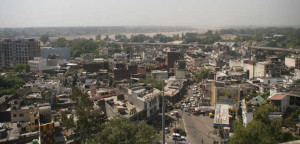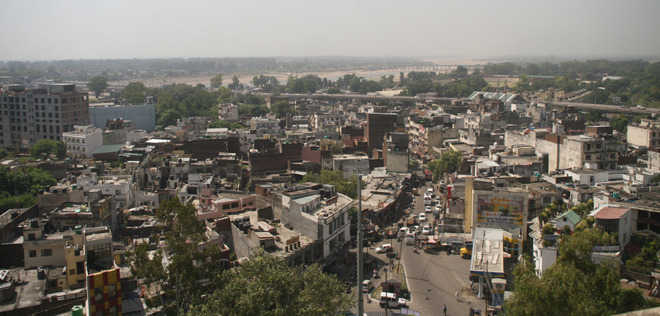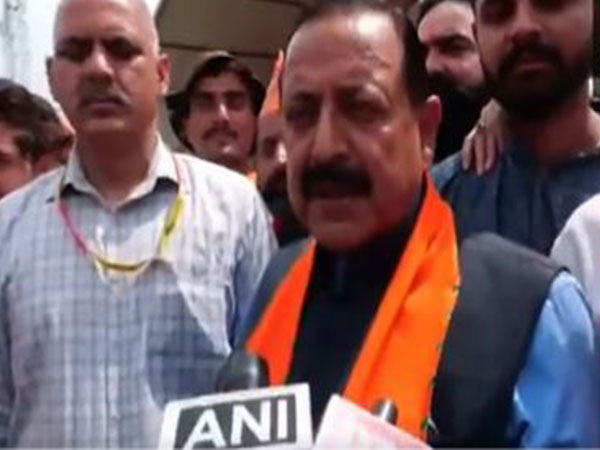Despite Jammu listed among the 30 most polluted cities in India in the World Health Organisation (WHO) report in 2014, the government fails to formulate any comprehensive plan to deal with the rising pollution levels in the winter capital.
 For years now majority of the city residents are inhaling poor-quality air and the situation is likely to worsen in the coming years, keeping in view the high concentration of vehicles per kilometre and expansion of industries. It has already been mentioned in various reports that the suspended particulate matter (SPM) and respiratory suspended particulate matter (RSPM) have witnessed a steep rise in the winter capital during the past two decades.
For years now majority of the city residents are inhaling poor-quality air and the situation is likely to worsen in the coming years, keeping in view the high concentration of vehicles per kilometre and expansion of industries. It has already been mentioned in various reports that the suspended particulate matter (SPM) and respiratory suspended particulate matter (RSPM) have witnessed a steep rise in the winter capital during the past two decades.
As per the government data, 12,95,780 vehicles have been registered by the Motor Vehicles Department (MVD) up to August 2015 and on an average about 1.10 lakh vehicles have been annually added to the roads during the last three years in the state. It is estimated that by 2018 nearly 15 lakh vehicles will be plying on the roads of the state, half of them in Jammu.
Interestingly, the environment management has not found a proper place in the planning of the state till date despite the fact that Jammu and Kashmir has already been declared as an “Air Pollution Control Zone” under the Air (Prevention and Control) Act-1981.
“Suspended particulates in the city atmosphere have exceeded the limit, but it is not alarming. Pollution is more pronounced in congested areas of Kachi Chawni, Jewel Chowk, Narwal, Satwari, New Plot, Amphalla, canal road and bus stand, which have high concentration of vehicular traffic,” said Dr Yashpaul, senior scientist at the State Pollution Control Board (SPCB).
“Our monitoring stations take data every week and pollution level in air changes. Vehicle fumes and dust particles generated by construction activity are major reasons for the pollution,” Dr Yashpaul said.
The normal limit of SPM that should be 100 microgram is between 110-114 microgram and the RSPM (normal limit around 200 microgram) is around 220 to 230 microgram, indicating that the air quality is poor at most of the places. The PCB has three units in the city at M A stadium, Narwal and Bari Brahmana industrial area, which gather weekly data of the air quality.
“Airborne suspended particulate matter was an important marker of air quality. The term particulate matter include organic and inorganic matter, nitrogen compounds, sulphur compounds, polycyclic aromatic, hydrocarbons and several heavy metals,” said Bushan Parimoo, an environmentalist. Parimoo has done extensive work on environmental issues in the state.
Govt fails to formulate plan to tackle pollution in Jammu






